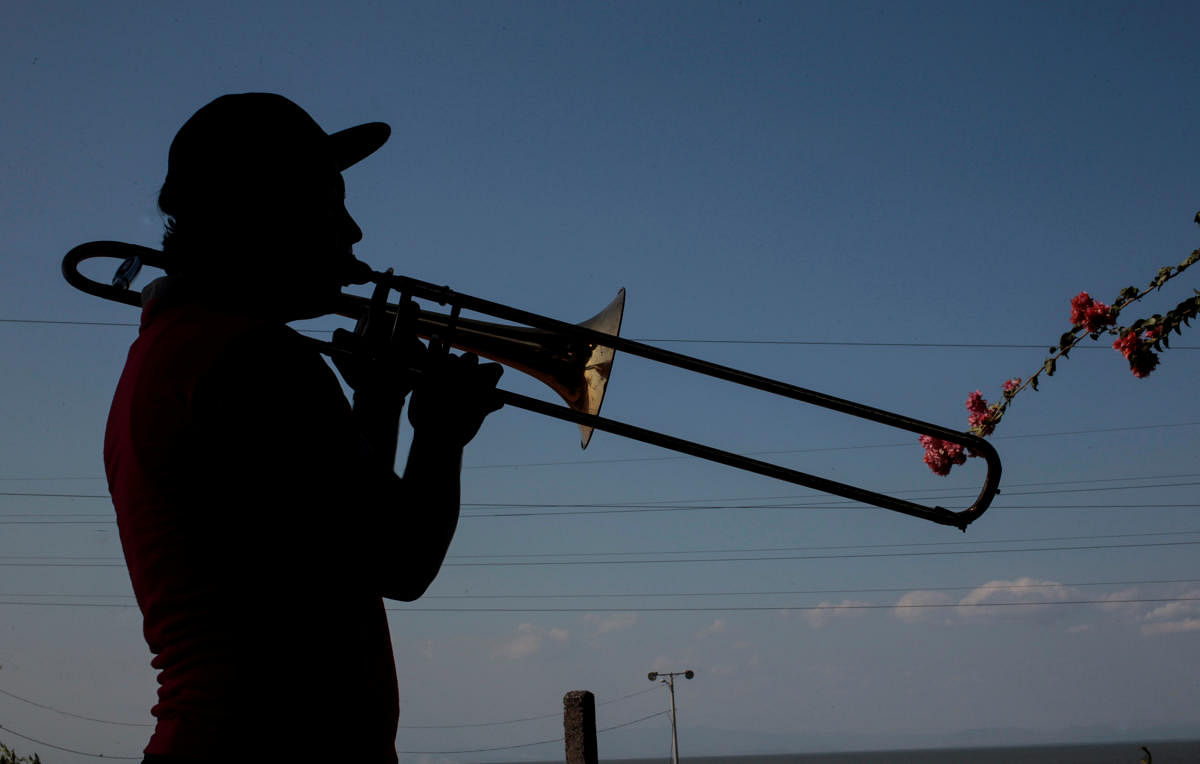
With cross-genre collaborations at its peak, jazz tends to generate a way of thought which reflects the society we live in. On the occasion of International Jazz Day, we take note of the major swings and blues of jazz in the past and present.
Originating on the streets of New Orleans almost a 100 years ago, jazz has emerged and made its way through the suburbs of New York and Chicago. While the genre has surely evolved, the most interesting aspect of it is its very own definition in the modern age.
Dixieland Jazz Band's 'Livery Stable Blues' is considered to be one of the first jazz songs to be commercially released. It appears to be informal and spontaneous but is ritualised and precise to set one grooving. It was a fresh record by white musicians and was released after black cornetist Buddy Bolden's prototypical jazz music.
Yet, it didn't stop the Original Dixieland jazz cornetist Nick LaRocca from claiming to be the creator of the genre, mocking at what black people did in New Orleans. And to answer that in 2018, Christian Scott came up with the album 'Centennial Trilogy' almost a century later.
Paying homage to the free-form expressionism in America, the album is a masterpiece in the form of a reclaiming narrative and a statement of ambition.
Other recent ventures by black artistes have also taken it upon themselves to not just make it sound like an infused art form but portray it as an expression to be celebrated. Kamasi Washington's recent release, 'Harmony of Difference' is a perfect example - he delicately places the rhythm and melody and runs philosophies in parallel.
The 60s were the perfect years for jazz among the likes of artistes like Frank Sinatra, Dinah Washington, Nat Cole King and others.
But the concept of reclaiming jazz came in the 80s when it no longer spoke about black experience as hip-hop gained recognition as a counterculture. With lyrical dexterity, it took the Black Americans by storm as it directly spoke to them.
Many movies like 'The Mask' and 'Swing Kids' tried to bring it back to the mainstream by including songs in their soundtrack, giving jazz a platform to rise in the 90s. But in the early 21st century, it became extremely difficult to retain its cult identity as pop and rap begin to take over.
Unlike other music forms, the uniqueness of jazz is its inclusiveness. Distinctly marking its identity, it found its way through rap and hip-hop to retain its roots of being a creative blend of activism and music.
Continuously waking the mainstream up to black excellence, it has evolved to become a genre to move in and out of persona. And this has seamlessly given rise to the current vitality of R&B.
The Black Lives Matter stands out as a movement that stopped jazz from becoming just a moment in the vinyl.
Crediting the outpouring lyrical energy to American and European worrisome states, the genre deals with problems of racism, prison industrial complex, poverty, police shooting and many other.
Concise and comprehensive, Kendrick Lamar stands as one of the cultural geniuses along with other black artistes like Kanye West, the 'Weeknd' and Khalid. Understanding his significance will present to us a massive music maze - bizarre beats, challenging bars but modest in sending its message.
His previous albums 'Damn' and 'To Pimp a Butterfly' strongly give out pivotal cultural references, bringing in politically engaged black jazz to his audience.
His female counterpart Beyonce brings in warm dynamism and versatility in moods and styles, rightly seen in the album 'lemonade'.
Meshing with hip-hop and rap, jazz has been working towards creating an interaction that is beyond the two-dimensional template.
The music's stark refusal to filter itself is one of the greatest artistic strengths it possesses. With the ability of the artistes to work among different disciplines and being constantly exposed to strong influences, jazz is stepping into new shoes of discovery.